History travels: Former capitals of the Romanian provinces

History buffs looking to discover more of Romania’s past while travelling can add several sites to the to-visit list. They are the former capitals of the Romanian provinces and can make for one-day or weekend trips to discover local leaders, architecture and legends. Some of them are outlined below.
Câmpulung
Câmpulung is known as the first princely residence of Țara Românească (Wallachia). Basarab I, the ruler of Țara Românească, established the residence here in the 14th century.
The first known document written in Romanian (Scrisoarea lui Neacșu/ The letter of Neacșu) originates here.
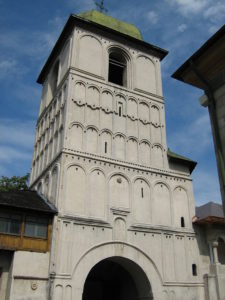 The Negru Voda Monastery. Photo: Ionutp/ Wikipedia
The Negru Voda Monastery. Photo: Ionutp/ WikipediaThe Negru Vodă monastery in Câmpulung was the cultural center of the royal court of the Basarab princely family. It was built in 1215 by ruler Radu Negru and later rebuilt by Basarab I and Nicolae Alexandru Basarab, his son. After the construction was destroyed in an earthquake in 1628 it was reconstructed by Matei Basarab in 1635. The complex surrounding the monastery includes a bell tower, a princely chapel, a princely house and an outbuilding, an abbot house, a church and monastery cells.
The Roman fortification Jidava (Castrul Roman Jidava/Jidova) is four kilometers away from the city, on the DN73 to Piteşti.
How to get there: Câmpulung or Câmpulung Muscel (not to be confused with Câmpulung Moldovenesc) is close to Pitești. The two cities are connected via the DN73. Târgoviște is also close, and connected via DN72A.
Travel Planner: Campulung Muscel, the first capital of Romania’s historic region Wallachia
Curtea de Argeș
The old court in Argeș was initially erected in the 13th century by voivode Seneslau. The church, the princely palace on the southern wing, the tower and the surrounding wall were built during the time of ruler Basarab I. In the 16th century prince Neagoe Basarab built here the royal house on the north side. The edifices on site are representative of traditional Romanian architecture.
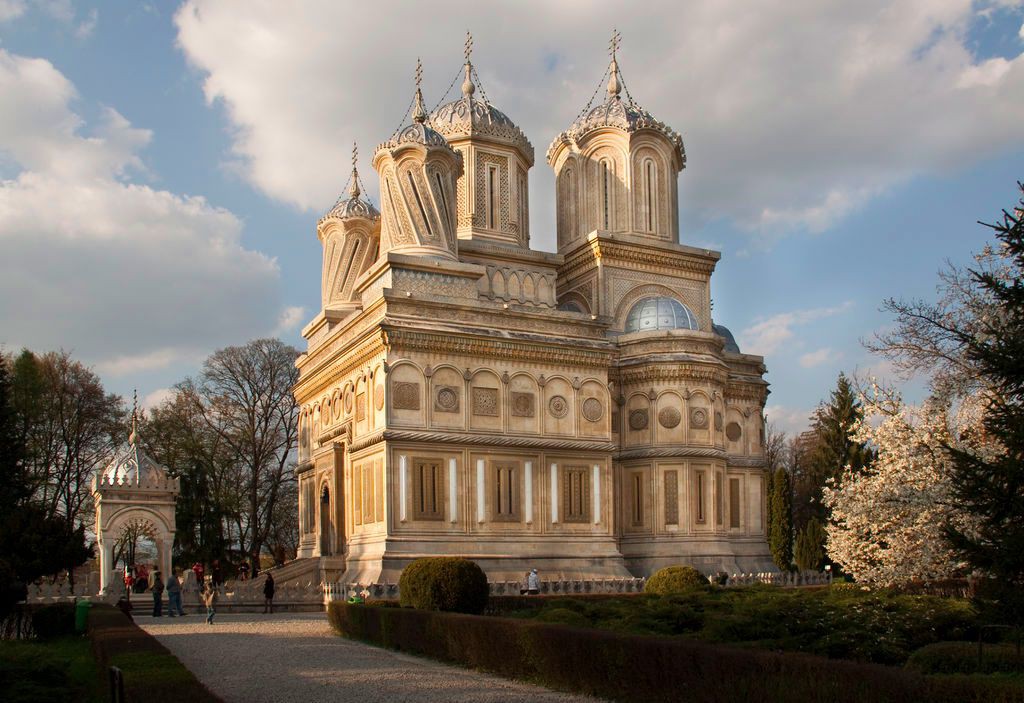 Curtea de Arges Monastery
Curtea de Arges MonasteryThe site is linked to the local legend of Meșterul Manole, said to be the chief architect of the ensemble. The legend tells of his efforts to build the edifice by day for it only to crumble by night, and how nothing durable can be built without sacrifice. In the case of Manole it is his wife Ana, who is eventually built in the walls of the Argeș monastery.
While in town, you might also want to visit the Olari church, built by the first guild in Curtea de Argeș, that of pottery makers. Also for visiting are the ruins of the Sân Nicoară church. Curtea de Argeș is also where the kings of Romania are buried, and for this it has been named a "royal city". Last year, King Michael I was laid to rest here.
How to get there: From Râmnicu Valcea, Curtea de Argeș is accessible via DN73. it is connected to Pitești via DN7C. From Bucharest, it is a two-hour drive to get there, following E81.
Suceava
Suceava was the capital of Moldova for almost two centuries, until 1565. First documented in 1388, the Seat Fortress of Suceava was erected during the reign of Petru I (1375-1391). Alexandru cel Bun (Alexander the Good) later intervened on the construction but major changes happened during the reign of Ştefan cel Mare (Stephan the Great) (1457-1504).
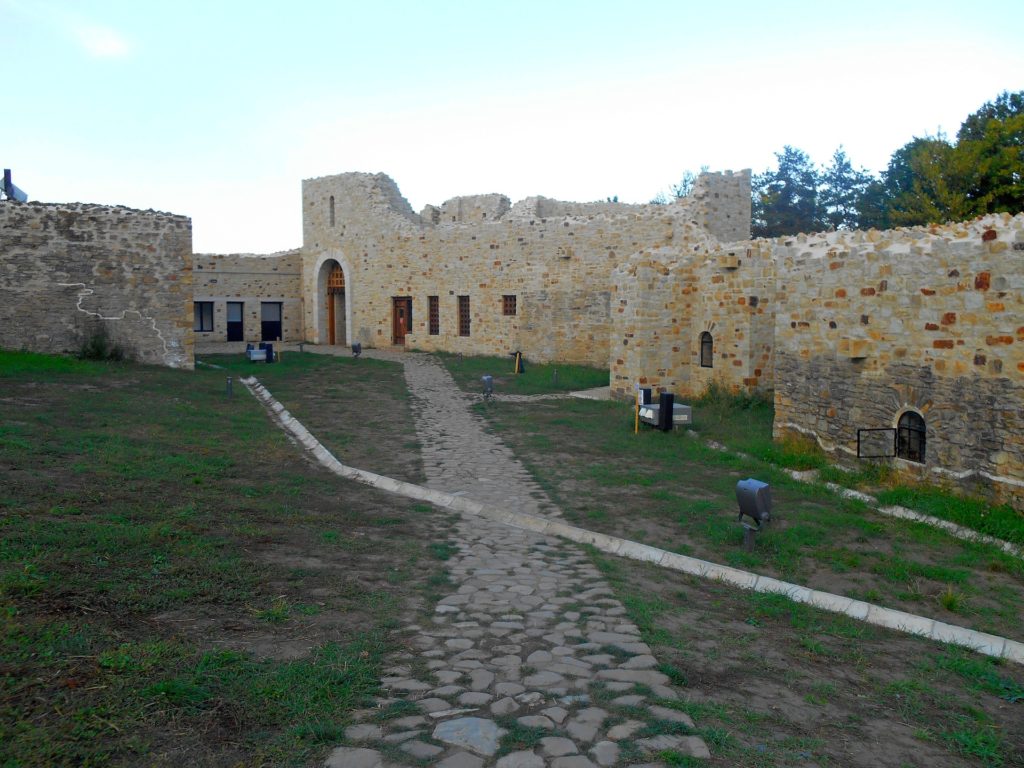 Fortress of Suceava. Photo: Pixabay
Fortress of Suceava. Photo: PixabayThe edifice is part of a fortifications defense system built to shelter the Moldova province from Ottoman attacks. Two citadels make up the seat fortress. The 14th century inner one is known as Fortul Mușatin and is surrounded by a large defensive ditch. The second one is the Princely Court of Suceava, also built during the 14th century with restoration works performed the next century by Stephan the Great. A new, stone-made princely house was built, after the previous one had been destroyed by a fire, and the other buildings were extended.
How to get there: From Iasi, take the DN29/ E58. For air routes, Tarom flies regularly from Bucharest to Suceava.
Travel planner: Suceava, an escape from the urban world
Târgoviște
The Seat Court of Târgoviște is recognizable by its symbol, the Chindia Tower, built in the second half of the 15th century, during the rule of Vlad Țepes. Its construction began on the site of a chapel dating back to the time of Mircea cel Bătrân. The tower was built as a defense and served, at the same time, for observation and for guarding the yard and its surroundings. Visitors reaching the tower can enjoy a panoramic view of the city of Târgoviște once they climb the 122 steps to get there.
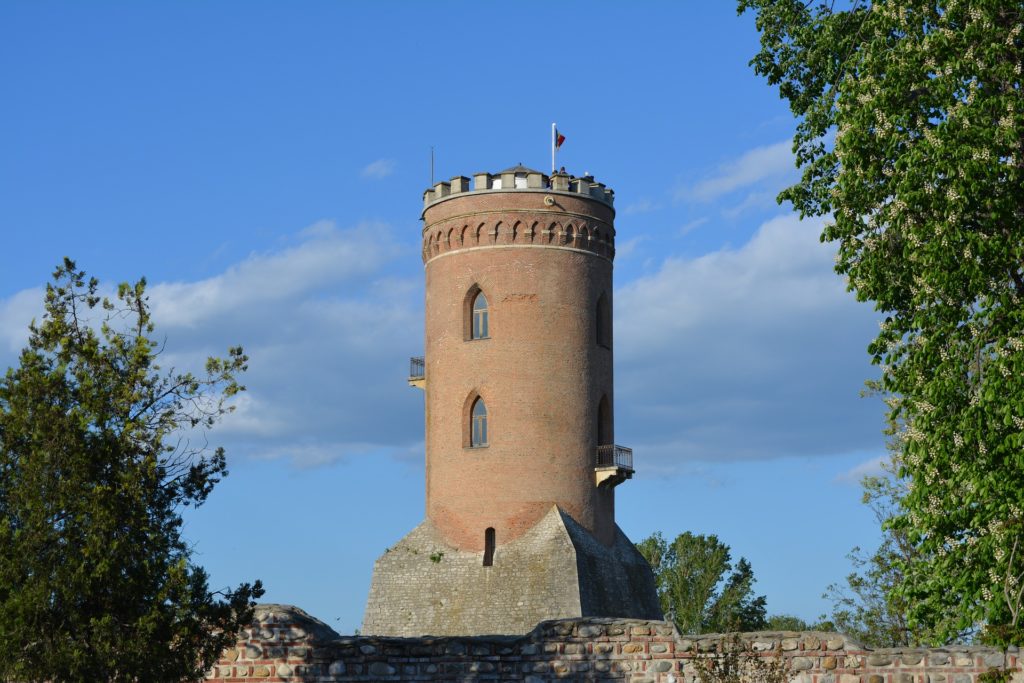 Chindiei Tower. Photo: Pixabay
Chindiei Tower. Photo: PixabayAlthough the Chindia Tower is the easiest part of the ensemble to identify, there are plenty of other places to visit while on site. Take the three churches, one of them dating back to around 1415, and another built by Prince Petru Cercel. The princely homes in the complex can also be visited.
How to get there: From Bucharest, Târgoviște can be reached via DN7 or DN71
Romanian cities: Targoviste, the former royal court
Alba - Iulia
Alba – Iulia served as a residence for the rulers of Transylvania between 1541 and 1711. It was also the residence of Mihai Viteazul, who ruled over the Romanian provinces of Transylvania, Walachia and Moldova in 1600. The city has a special place in local history because it hosted the 1918 union, and it was there that the Romanian kings were crowned.
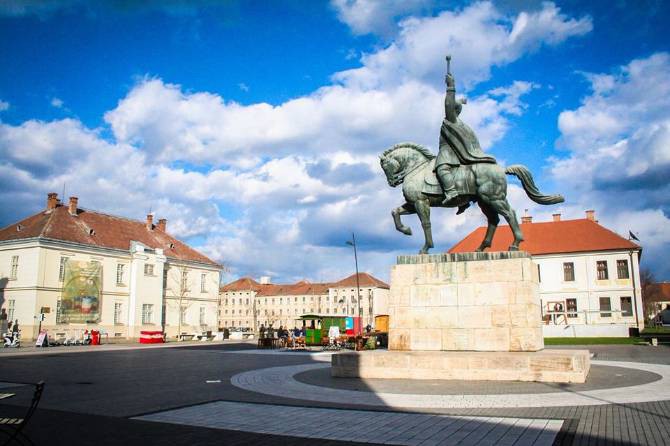 It is also one of the oldest settlements in Romania, and it was mentioned for the first time by the Greek geographer Ptolemy as Apulon. It now hosts a large castrum, spreading on almost 38 hectares.
It is also one of the oldest settlements in Romania, and it was mentioned for the first time by the Greek geographer Ptolemy as Apulon. It now hosts a large castrum, spreading on almost 38 hectares.
How to get there: From Bucharest, take the E81. Nearby airports are in Sibiu and Cluj-Napoca.
Travel planner: Alba Iulia – the beating heart of Romania
Travel planner: Re-discovering Alba Iulia, the Romanian city where history comes to life
Iași
Iași was a capital of Moldova between 1564 and 1859. During the First World War it served as the capital of the Romanian kingdom while Bucharest was under German occupation. The royal family, the Government and the Parliament retreated to Iași for two years, between 1916 and 1918.
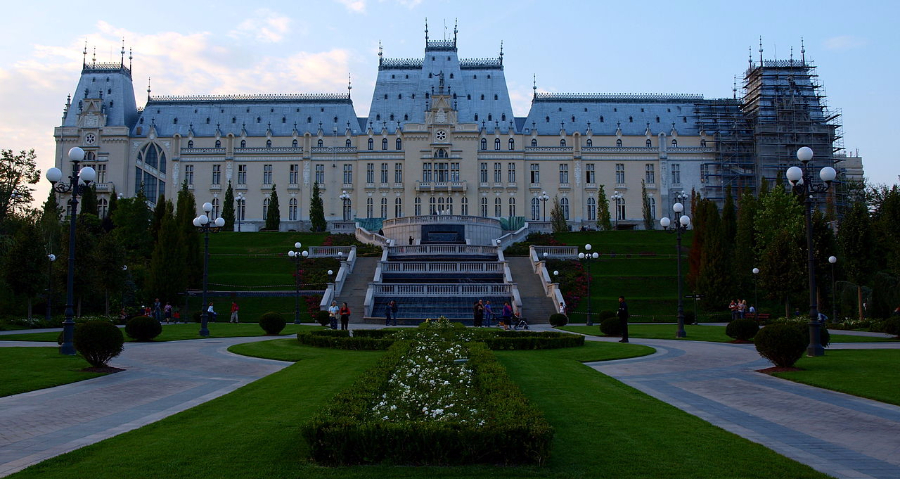 There are plenty of sites to visit in the city, like the Palace of Culture, built on the premises of the former medieval court. The palace, recently refurbished, hosts several museums such as the Moldova History Museum, the Art Museum, or the Technical Museum. The city's oldest park, Copou, is another must see.
There are plenty of sites to visit in the city, like the Palace of Culture, built on the premises of the former medieval court. The palace, recently refurbished, hosts several museums such as the Moldova History Museum, the Art Museum, or the Technical Museum. The city's oldest park, Copou, is another must see.
How to get there: From Bucharest, the city can be reached via DN2/E85 and DN24/E581. Iași also has an airport, and airlines such as Tarom or BlueAir link it to the capital.
Romanian cities: Iasi, the Moldavian city spread over seven hills
(Opening photo: Târgoviște from Adobe Stock)
editor@romania-insider.com











